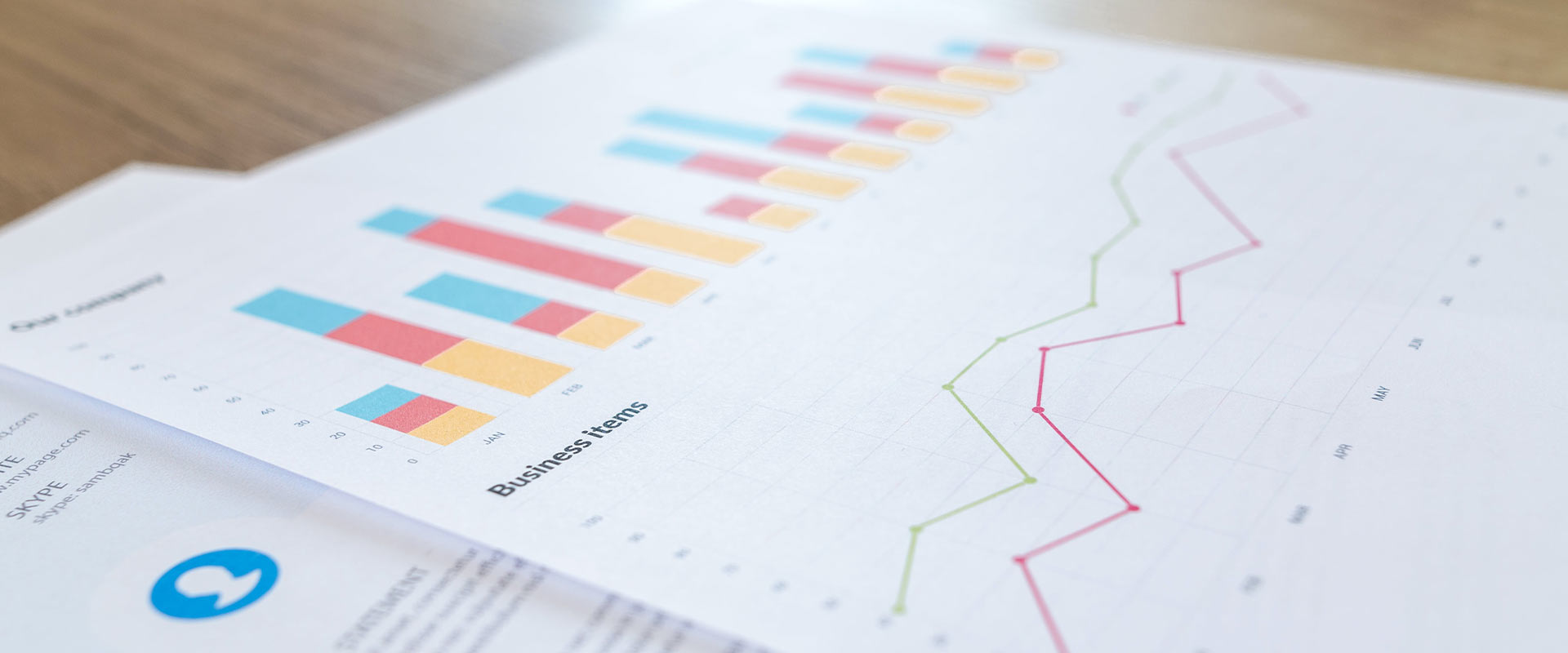How to Build Long-Term Effective Growth – An Introduction
As budgets, targets, and strategies are redefined for the new year, the burning question in many meeting rooms is, “How do we make more money from our paid media?”
The default response typically involves hours spent perfecting copy and creatives, meticulously fine-tuning every detail to increase ROI. While paid media is undeniably crucial to your marketing strategy, relying solely on it will hinder long-term, sustainable growth.
To help you grow this year and help you increase your ROI, consider shifting your focus to these three vital elements of your strategy instead:
- The four levers of e-commerce
- Long-term brand-building effectiveness to combat the diminishing returns of paid media
- Target customers ready to purchase first, then scale your efforts
The four levers of e-commerce
Paid media is just one piece of a much larger puzzle known as the four levers of e-commerce. This isn’t a revolutionary new e-commerce formula. It’s a known model that we use and love that underpins successful growth marketing strategies.
The four levers are:
Traffic
- Paid media (e.g. Social)
- Organic traffic (SEO)
- Referrals
- Direct marketing
- Affiliate marketing
- CPM
- CTR
Conversion rate
- Conversion rate optimisation (CRO)
- Landing page optimisation
- Checkout process
- Hotjar
- Google Optimise
- User experience (UX)
Average order value (AOV)
- Upsell/Cross-sell
- Pop-ups
- Bundles
- Checkout discounts
Lifetime value (LTV)
- Email marketing
- Segmented offers
- Retargeting
- SMS
- Website personalisation
- Brand ambassadors
- Facebook groups
No matter how granular you get with creatives, you’re going to waste your investment if you’re not pulling all the levers of e-commerce in your strategy.
In a real-case scenario, let’s consider an example where you invest 100k in paid media but neglect organic efforts. You have attention-grabbing ads but zero product reviews or social proofing to back them up. Prospective customers aren’t going to trust your brand, so they won’t buy from it. 71% of customers expect personalisation. The more your brand gets this right, the better the Customer Lifetime Value (CLV); otherwise, you’ll likely lose them to competitors. Ad spend might bring in significant traffic, but if the brand UX isn’t seamless, traffic will drop off a cliff.
Paid media plays an important role, but transformative results come when used as part of a wider ecosystem.
Long-term brand-building effectiveness to combat the diminishing returns of paid media
Les Binet, Head of Effectiveness at adam&eveDDB, has an interesting, proven theory on “diminishing returns of paid media”. He demonstrates how investing heavily in digital and expecting a return is a short-term way of thinking, not a long-term strategy.
In the early stages of a brand, the relationship with the audience is dynamic and responsive. The novelty of the brand results in increased ad performance, attracting more customers and generating robust sales numbers, reasonable market share, and respectable profits if the campaign is effective.
However, as a brand matures, this marketing effectiveness diminishes. The initial excitement wanes and the brand becomes less of a novel, unknown entity. As more people try the products and opinions are influenced by peers, the brand experiences “diminishing returns”.
The challenge arises when Return on Advertising Spend (ROAS) targets are set based on peak performance. Chasing the highs achieved when the brand was young can lead to a narrow and blinkered strategy. As the brand hits a plateau, finding new customers becomes more challenging, with ripple effects on sales, market share, and profit when relying on ad spend and digital channels.
Navigating this challenge makes it crucial to shift focus from short-term digital returns to long-term brand-building activities. This broader perspective helps sustain growth and relevance as your brand evolves.
Target customers ready to purchase first, then scale your efforts
Optimising your advertising strategy requires a shift from a full-funnel approach to a more targeted and profitable one. Instead of spreading your resources across all levels of the purchase funnel simultaneously, consider a focused strategy that prioritises customers ready to make a purchase. This approach allows you to maximise visibility and immediate returns while avoiding the inefficiencies associated with trying to do too much at once.
A more effective method involves honing in on where potential customers are already prepared to buy and gradually scaling your efforts.
A focus on the buying phase might include:
- Dynamic remarketing and brand keywords: Target those already in the purchase mindset. These efforts typically cost less and yield higher returns, providing you with additional resources for subsequent campaigns.
- Bottom-of-funnel strategies: Concentrate on driving sales through various techniques such as:
- Search: Brand-specific keywords.
- Social: Tapping into custom audiences who have viewed product pages or added items to their basket.
- Programmatic: Dynamic remarketing.
Tools that we find helpful in improving your conversion rates include:
- Scarcity and urgency bias: Create FOMO with limited-time offers or highlight low availability.
- Social proof: Leverage customer testimonials and showcase product reviews.
- A strong offer: Use promotions or free delivery to incentivise immediate action.
- Authority bias: Establish credibility by showcasing endorsements from experts or highlighting awards.
Customers who are in the “ready-to-buy” phase cost less to convert, increasing your profitability. Prioritising spending on these customers while building out your brand builds a well-rounded and scalable approach. Then, you can build your strategy out to the other buying phases.
Bring back A/B split testing
Split testing is one of the most effective methods you can use to refine, test, and learn what works. Amongst other great metrics, it’s proven that A/B testing can increase the average revenue per visitor by 50%. However, from our experience, it’s a best practice that’s fallen by the wayside over the years. Brands are either not doing it at all, or they’re not doing it enough. If you aren’t split-testing all your campaigns and trialling what works best, you’re missing a huge opportunity to improve performance.
Increasing your profitability in 2024
E-commerce is much more than just running ads. If your goal is to increase your ROI on your paid media in 2024, the first step is to recognise that paid media is a piece of a much larger puzzle. Growth happens in the bigger picture.
This article is part of our ongoing Long-Term Thinking For Sustainable Growth Series. In the following pieces, we’ll take you step-by-step through each of these elements to help signpost the way for you to increase and improve your growth marketing performance. If you’d like to learn more about how we can help increase your ROI in 2024, contact our knowledgeable team today. We’d be delighted to help.





